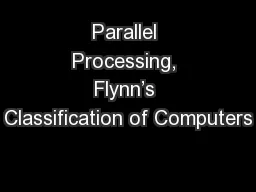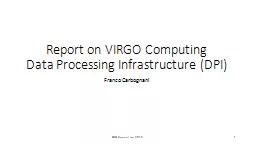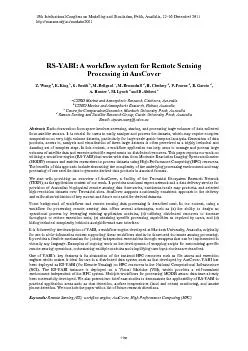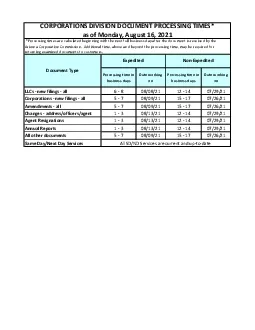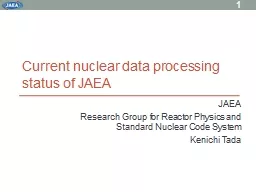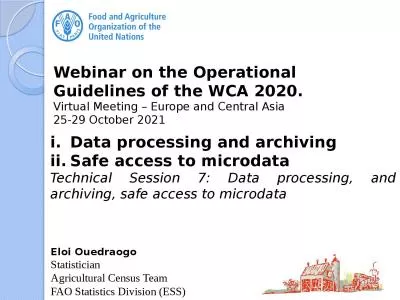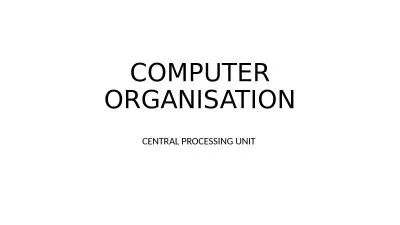PPT-Unit 2 Data Processing & Management
Author : nicole | Published Date : 2023-10-04
TYIT SEM VI D ata processing system Refers to hardware and software components which are able to process store and transfer data OR T he components of systems
Presentation Embed Code
Download Presentation
Download Presentation The PPT/PDF document "Unit 2 Data Processing & Management" is the property of its rightful owner. Permission is granted to download and print the materials on this website for personal, non-commercial use only, and to display it on your personal computer provided you do not modify the materials and that you retain all copyright notices contained in the materials. By downloading content from our website, you accept the terms of this agreement.
Unit 2 Data Processing & Management: Transcript
Download Rules Of Document
"Unit 2 Data Processing & Management"The content belongs to its owner. You may download and print it for personal use, without modification, and keep all copyright notices. By downloading, you agree to these terms.
Related Documents

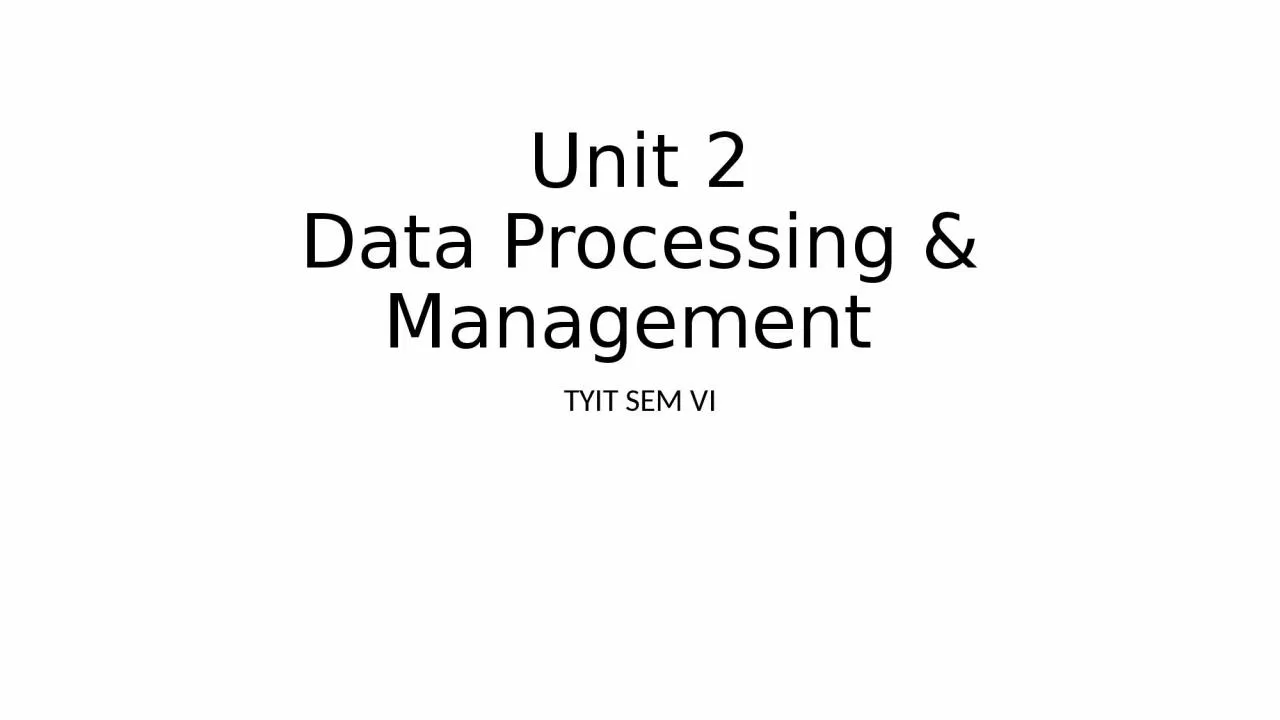
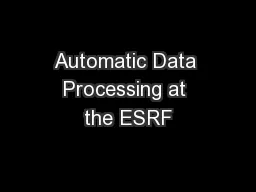
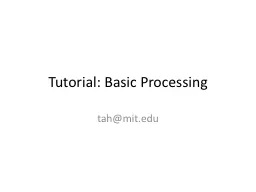

![Cloud Processing at ESA [EO Payload Ground Segment]](https://thumbs.docslides.com/616987/cloud-processing-at-esa-eo-payload-ground-segment.jpg)
